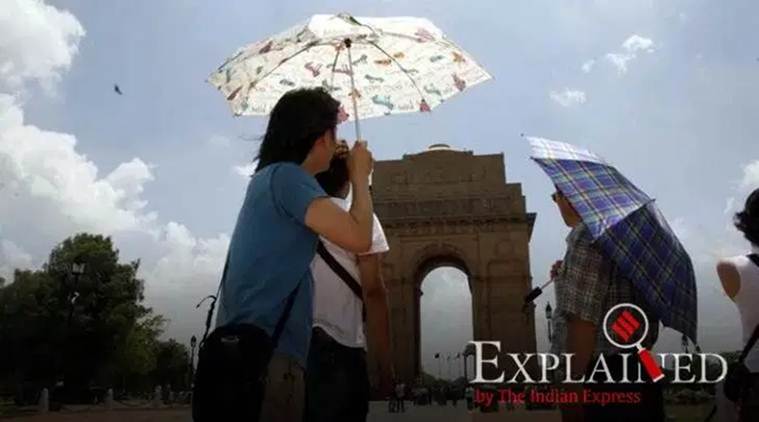Explained: Did odd-even help reduce Delhi’s pollution?
Figures tabled by the Ministry of Environment, Forest and Climate Change recently, in response to a question in Parliament, showed 12-day trends for air pollution before, during and after the scheme.
 During the scheme the average concentration was 252 micrograms/cu.m.
During the scheme the average concentration was 252 micrograms/cu.m.
For 12 days between November 4 and November 15, the Delhi government rolled out an odd-even scheme, based on licence plate numbers, to restrict the number of vehicles on the roads and reduce pollution. Figures tabled by the Ministry of Environment, Forest and Climate Change recently, in response to a question in Parliament, showed 12-day trends for air pollution before, during and after the scheme.
The average concentration of PM2.5 fell from 275 micrograms per cubic metre before the scheme (October 23-November 3) to 131 micrograms/cu.m. In the 12 days immediately following the scheme (November 16-27). During the scheme the average concentration was 252 micrograms/cu.m. The range of PM2.5 varied between a low of 133 and a high of 486 before the scheme, between 109 and 399 during the scheme, and between 64 and 214 after the scheme.
 Odd-even period: November 4-15, 2019
Odd-even period: November 4-15, 2019
For PM10, the average concentration fell from 428 micrograms/cu.m. (maximum 289, minimum 592) before the scheme to 380 micrograms/cu.m. (220-582) during October 23-November 27, and then 231 micrograms/cu.m. (127-3622) after the scheme.
The average concentration of sulphur dioxide remained the same before and during the scheme, at 14 micrograms/cu.m, and fell slightly to 13 after the scheme. Nitrogen dioxide concentration dropped from 58 micrograms/cu.m. to 57 to 55.
The Ministry said that according to recent studies, the main contributors to PM2.5 and PM10 for Delhi are transport, industries, agriculture burning, residential and dust (soil, road and construction) along with meteorological conditions such as wind speed, temperature etc.






































